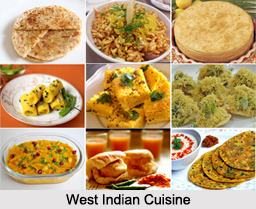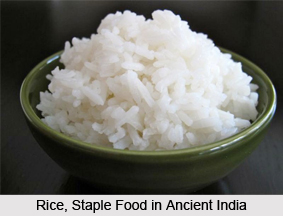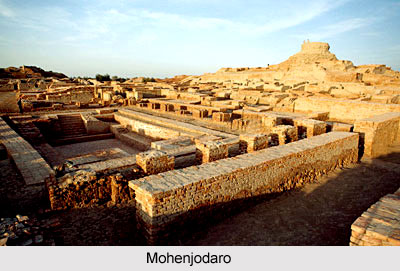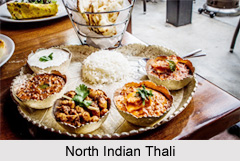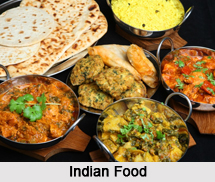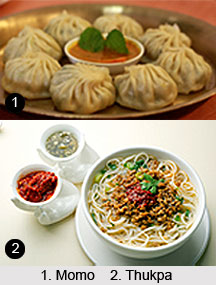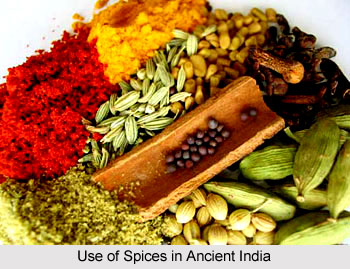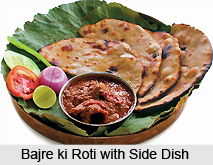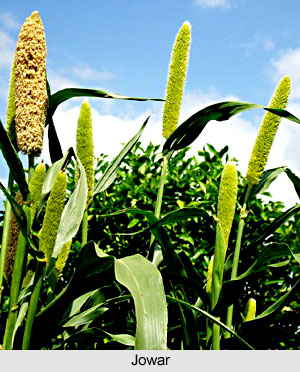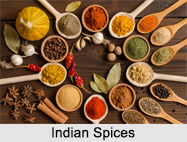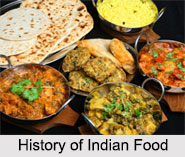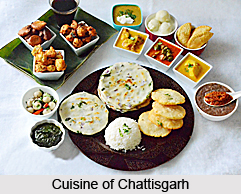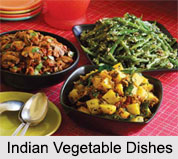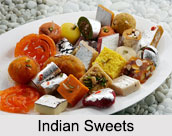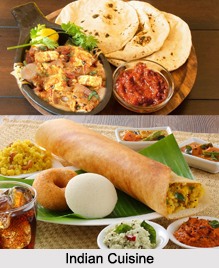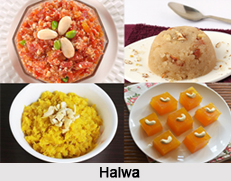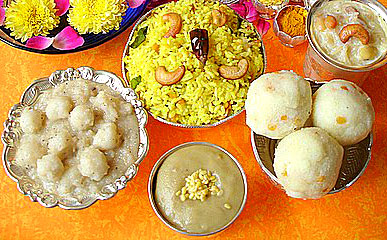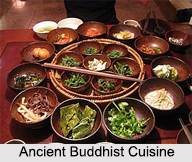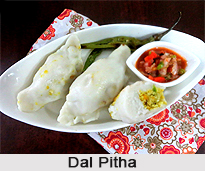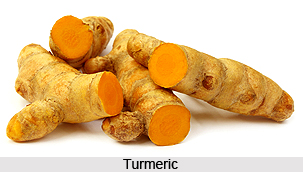Since unrecorded and undocumented times, turmeric has been immensely popular in cosmetic usage, especially for the woman. In the East, turmeric is looked at as a precious therapeutic goldmine, which seeks substantial position in the subconscious of the Hindu religion. The herb forms a profound part of various consecrated Hindu rituals, which focuses its importance for the eastern humankind. During the late 1970s, a scientific study on turmeric was taken up and in the beginning was confined chiefly to its anti-inflammatory characteristics. Eventually, turmeric globally has seized its position for its cosmetic and therapeutic use. The turmeric powder possesses a quintessential aroma and bitter-warm taste, with orange-yellow to dark-yellow in colour. As a herb, though turmeric has been used for centuries for flavouring, but, through a series of complex extraction and isolation processes, it was soon given further potential as a substance to support the medical as well as the cosmetics industries. The biggest users and exploiters of turmeric in the world are in India. India also proudly serves as a major producer of this wonder herb. Uses of turmeric in cosmetics are basically harnessed from these natural plant`s extracts, which are later exhaustively used in beautifying products marketed for skin care and hair care.
As the most foremost of the uses of turmeric in cosmetics and caring , its raw juice has been advised to apply on the skin as a paste, then leave it for approximately thirty minutes and then wash it off. This process is believed to lend a translucent glow to the skin. Regular usage of turmeric is conceived to make the skin fair, soft and supple. In almost all the Indian traditional wedding ceremonies, haldi or turmeric is applied to both, the groom and the bride, not only to make them look good with refreshed glowing skin, but to fend off the plaguing eye. Cosmetic usage of turmeric is considered by the Hindus as a symbol of prosperity and as an ablutionary herb for the whole body. It is also thought that regular bathing in water containing turmeric reduces growth of body hair. The Friday oil bath regimen with the application of haldi is almost sacrosanct with the South Indian women, ensuing in beautiful skin and sheeny hairless bodies.
Uses of turmeric as a cosmetic is also known to reduce spots caused due to pigmentation or blotches and also for diseases like eczema. The healing properties and anti-oxidant properties of the herb have transformed it into a most sought after ingredient in cosmetics and drugs, as the leaf oil and extract can also be used in sunscreens and bio-pesticides. The contemporary cosmopolitan Indian is no stranger to the multiple uses of turmeric (Curcuma longa) in cosmetics. It is well acknowledged as the best anti-oxidant, hypoglycemic, colourant, antiseptic and wound healer. Turmeric is considered considerably safe and has been used in large quantities as a food supplement to lend beauty from within, with no adverse effects. However, people with suffering symptoms of gallstones should avoid turmeric. Turmeric`s prospective anti-clotting effect might bring in complicated instances for those with clotting disorders. Abnormally large amounts of turmeric consumption can also result in an upset stomach. Turmeric usage for beautifying is best avoided during pregnancy, obstructive jaundice, hepatitis and acute bilious colic and should not be administered upon people who suffer from stomach ulcers or hyperacidity.
The skin is the principal portion of the body and provides a defensive barrier against harmful chemicals, microbes and ultraviolet radiation. Natural plant products from turmeric have thus been formulated to heal and prevent dry skin, treat skin conditions such as acne and smoothly retard the aging process. Use of turmeric in cosmetics is so widespread in India that, even the young child cannot escape it! It is a truth universally acknowledged that new born babies are rubbed with turmeric paste on their forehead for fortuitous luck and the rest of the body to lend the skin early nourishment. Traditionally, Indian women dab turmeric on their cheeks to produce a natural golden glow; reasonable extracts of turmeric have been added to face and body creams for use as a colouring agent. A compound referred to as curcumin is the yellow pigment in turmeric, which is the most active ingredient in the herb, virtually coming of use for each everyday usage. Use of turmeric as a cosmetic, just like washing one`s face in turmeric-based solutions improves skin complexion and also reduces hair growth on body. The contemporary times witnesses loads of herbal products in the market, in which the main herb used is turmeric as the natural ingredient. These make up the home remedies for skin and hair problems.
Natural cleansing agents like milk with turmeric powder are effective natural cosmetics by their own right; it as if brings in a glow to the skin and turns them beautiful, appearing in the pink of health. Usage of turmeric in cosmetics also helps to rejuvenate or uphold the everlasting youth by controlling wrinkles and crease formation on the surface of the skin. Turmeric can also provide sufficient beneficial toning up to skin conditions including: eczema, psoriasis and acne. Effectual beautifying and therapeutic properties of turmeric have made it as serious ingredients in cosmetics that are related to medicinal drugs; the leaf oil of turmeric and an extract in the form of paste can also be used as bio-pesticides and sunscreens. Due to the herb being skin-friendly, turmeric usage in balanced food lends the true beauty from within. Thus, in addition to colouring and flavouring umpteen oriental cuisines, turmeric powder is valuable for its aromatic, stimulatory and carminative properties as well as for curing many ailments, both minor such as sore throat and coryza as well as major afflictions. It is reputed for accelerated curing of both septic and non-septic wounds. Turmeric is also very effective as a tonic and a blood purifier, making the body emote a lustrous glow all through the day.
Uses of turmeric as a cosmetic in the domain of hair care come only in the next category, which finds its domination for the treatment of dandruff and as hair colourants and dyes. The plant extracts are used as hair growth stimulators - the mechanism of action comes about as an acceleration of blood circulation or augmented nutrition to the hair follicles. Natural dyes derived from the turmeric plant extracts are also used in hair colourant products; the ingredient curumin from turmeric is also used in natural dyeing cosmetic produces; an array of natural colours range from yellow to deep orange.
Severe medicinal usage of turmeric as a cosmetic finds its employment in fresh turmeric juice from rhizome (the aboveground and underground roots). As an alternative, a paste prepared from turmeric or decoction is often used as a localised application as well as internally in the treatment of leprosy skin disease. In case of smallpox and chickenpox, turmeric can be used or applied as a powder or as in the paste format to facilitate the process of scabbing. The herb`s antiseptic and healing properties are conceived to be both a preventive cure for the much feared woe of adolescence-pimples.
